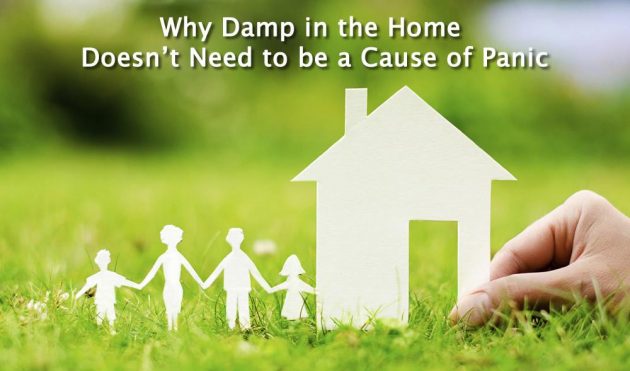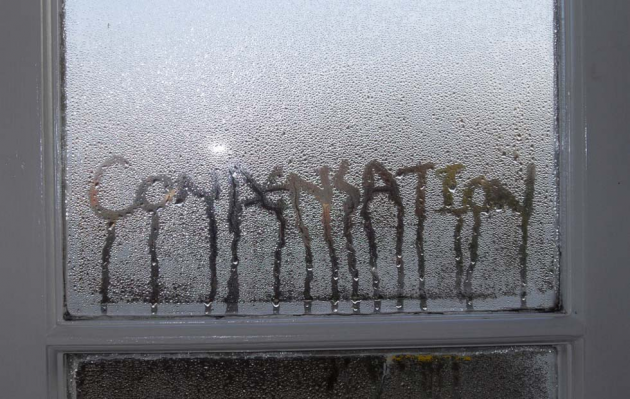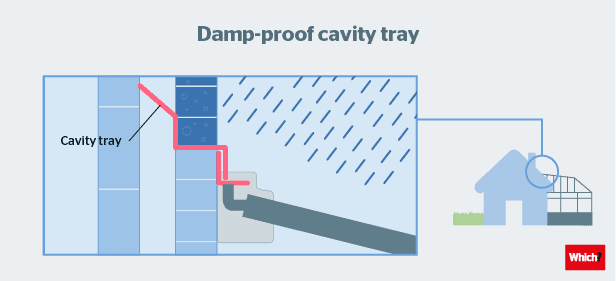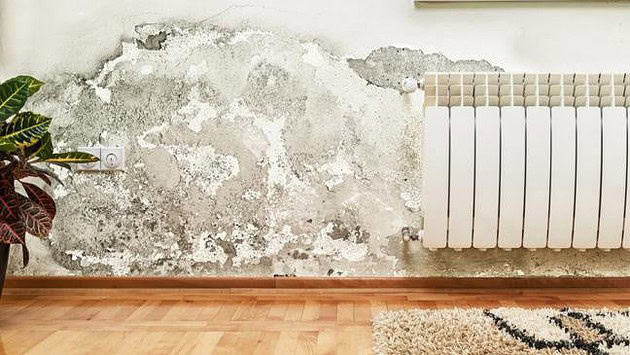Most homeowners will have a list of things they dread to here in connection with their homes – subsidence is one of the top ones and with good reason.
Damp is often on that list, but damp doesn’t need to be a cause for panic if you recognise the symptoms and get in touch with a reliable & trusted damp proof companies to quickly deal with the problem. So if you live in the UK, a London damp proofing company, such as Tapco HomeDry, will assist with an initial damp proofing survey. But what are the main types and signs of damp?
Condensation
The number one cause of damp in homes around the UK is condensation – according to Which? it accounts for 31% of damp cases. Condensation happens when moist air comes into contact with colder walls, usually in the rooms of our homes. Kitchens and bathrooms are the chief places that condensation can occur but not the only ones. And the problem is often worst in the winter when we use heating to make the inside of our homes much warmer than the outside.
Condensation is also made worse by issues such as poor ventilation or irregular heating schedules that allow the warm, damp air to condense. Measures that help in other ways such as air-tight double glazing can also lead to the problem as there are no means to ventilate the property. Older homes are particularly vulnerable to condensation because they were built to ‘breathe’ whereas the modern home is built to stop water entering.
Spotting condensation
Condensation is easy to spot – watch for drops of water on walls or windows as the easiest sign of a problem. Once condensation has been around, mould patches can start to grow, paint can peel, and wallpaper can also come loose.
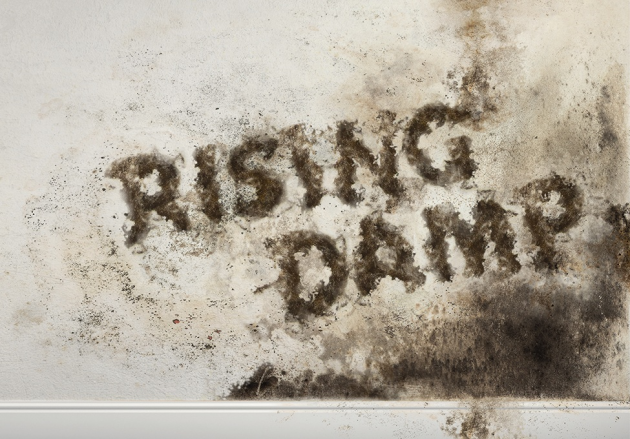
Rising damp
Rising damp is where the water in the ground moves up through the brickwork of a wall. This is a natural process but if it reaches the level of the inside of the home, it can lead to problems. Most properties have a damp proof course in place to stop this – a horizontal strip made from a water-resistant material like plastic of bitumen felt placed around 15cm above ground level.
Damp proof courses have to be in place for properties built after 1875 when the regulations were first put in place. But these courses can break down and fail over time. if the ground level is higher than the DPC, this can also lead to problems. Around 8% of damp cases are relating to rising damp problems.
Spotting rising damp
Signs of rising damp can be more subtle than those of condensation. Damage to the lower parts of walls is most common including the cracking and peeling of wallpaper or paint as well as the swelling and cracking of skirting boards due to the presence of high water levels. You might also see what are known as tide marks – where the salt in the water has remained after the water evaporated.
Flooring can also be affected so if you have wood flooring and notice swelling or discolouration, this might mean there is a damp problem.
Penetrating damp
The third of the more common types of damp is penetrating damp and this is literally where water is penetrating the property through a weakness and allowing problems to occur. It is most common on ceilings and walls and tends to move horizontally rather than up the walls as is seen with rising damp.
Penetrating damp most commonly comes due to a defect in the property. Leaking guttering is one example as are cracked roof tiles or breaks in brickwork. These all allow rain to come in and over time lead to damp problems. It can sometimes be caused by leaks inside the property too such as leaking pipes or from the bath.
Spotting penetrating damp
Damp patches on the walls or ceilings are often a tell-tale sign that you have a penetrating damp problem. These will get darker when it rains as more water comes in through the vulnerability. Older properties are most likely to experience this kind of damp. Mould is also likely to grow in the damp areas over a time because of the higher levels of moisture.
How to deal with damp
Spotting potential damp problems as early as possible can help make the problem much less of a drama and ensure the damage is also much less. The best option is always to deal with a damp expert who will be able to assess the nature of the damp and why it is occurring and then formulate a plan to deal with the problem.
Once an assessment is carried out, then the action can be put into place. This might be something like injecting a new chemical damp proof course into the brickwork of the house if you have rising damp issues. It might mean getting better ventilation into the property to stop condensation. Or it might mean fixing the cause of penetrating damp to stop reoccurrence.
Often there will be additional treatment needed to deal with the effects of the damp. Special wall coating is often used when walls have become too wet to help dry them out and stop the dampness returning.
The mould issue
People can sometimes think that a little damp isn’t really something to worry about. But the problem often comes from the conditions that can gain a foothold in the property due to the higher moisture levels – black mould is one of the common ones. This can lead to health problems and make the property almost uninhabitable.
Wet and dry rot are two serious conditions that affect the very structure of the property. Dry rot is the more dangerous of the two, despite its name, as it can affect the wood in the structure of the property as well as other structural elements such as metal. Both are a type of fungus that only grow when moisture levels are high.
This means that dealing with damp as soon as you spot potential signs not only saves you from experiencing the worst of damp associated problems but can also save you money.

